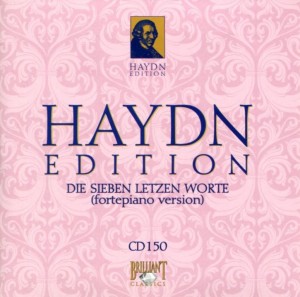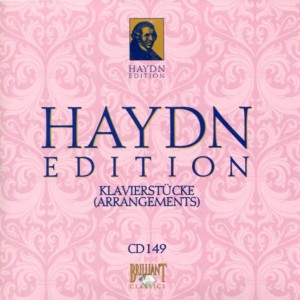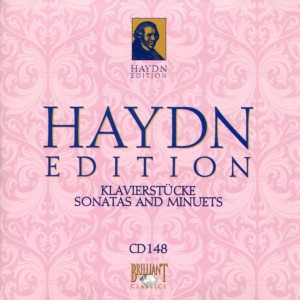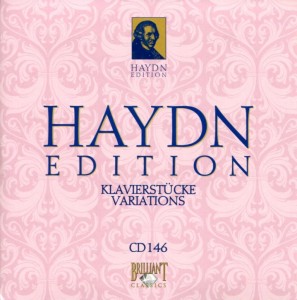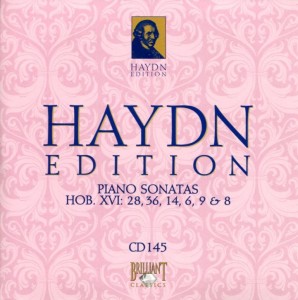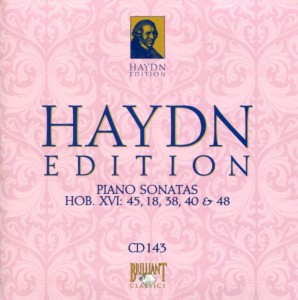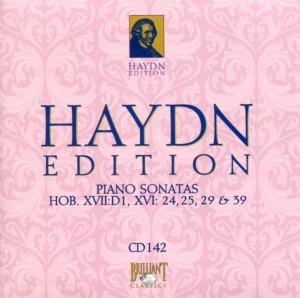 I’ve always been a fan of Woody Allen’s movies.
I’ve always been a fan of Woody Allen’s movies.
I liked his standup comedy in the 1960s, as well – which works out great since many of his early movies featured the same jokes he told in his standup routines.
Woody Allen was born Allan Stewart Konigsberg on December 1, 1935, in the Bronx, New York. His is 78 years old.
I’m not quite sure what it is about Woody’s movies that I enjoy so much. I think it’s partly his quirky mannerisms and clever dialogue and partly his stamina as a screenwriter/director. He creates virtually a movie every year – a pace others half his age would have a hard time matching. I find that remarkable in itself. The fact that some of his very best films (Match Point, Midnight in Paris, Blue Jasmine) came at a point in his life where you’d think he’d either (a) run out of ideas, or (b) need to slow down is doubly remarkable.
Tonight, however, I don’t intend to start with one of his best films. I will, in fact, start with one I consider among his worst – What’s Up, Tiger Lily?
Oh, well. You gotta start somewhere.
Here’s how this will work: For the next 46 days, I’ll watch every major release film that Woody Allen directed, from What’s Up, Tiger Lily? (1966) to Blue Jasmine (2013).
There are two very minor works he directed that are rare: Men of Crisis: The Harvey Wallinger Story (1971), a 25-minute film that was never released theatrically and now can only be seen at The Paley Center for Media, and Sounds from a Town I Love (2001), a three-minute film that I found on YouTube. I’ll watch the latter. I’m not flying to New York to watch the former. Sorry.
I’ve already seen most of Woody’s movies. But never in chronological order. And never from the standpoint of analyzing them, intently studying them. So this will be interesting.
Or not.
Who knows?
I’m willing to roll the dice.
If you’re feeling adventurous, join me.

